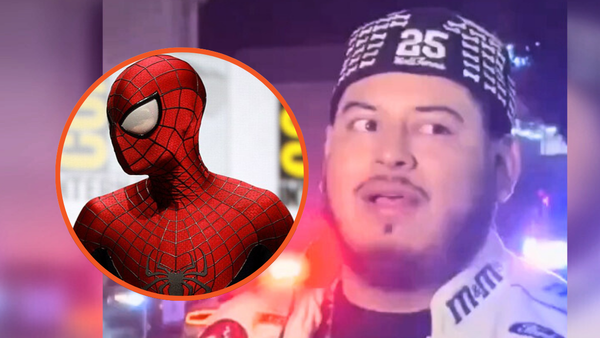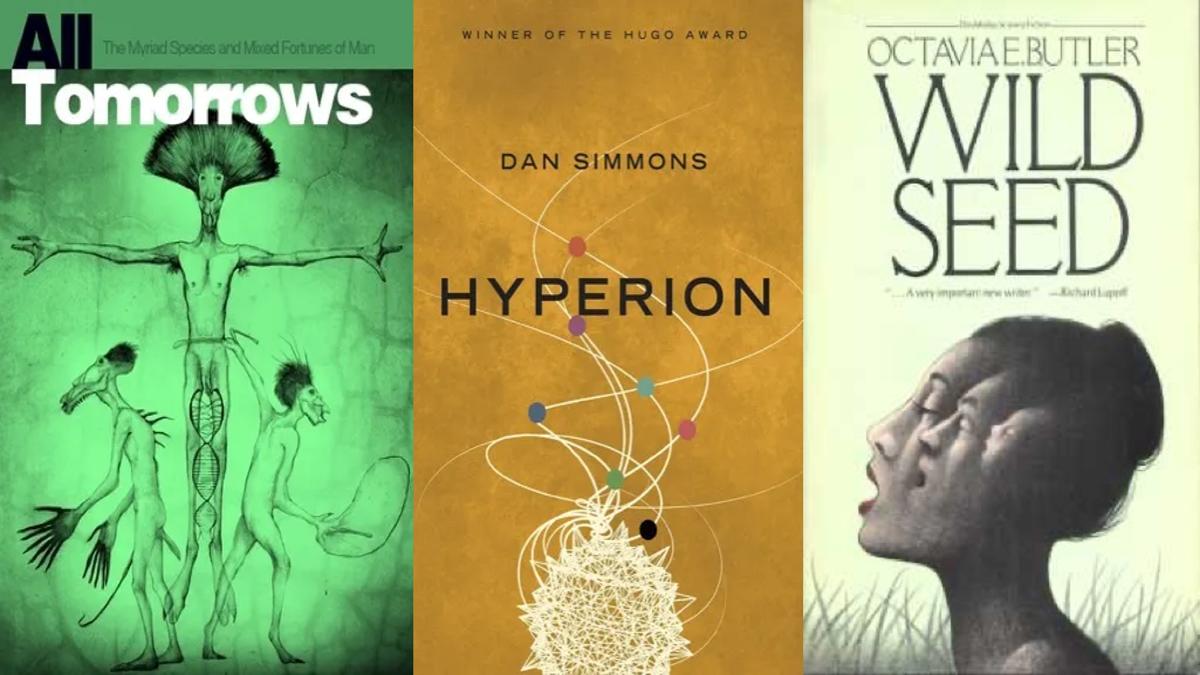
When sci-fi authors imagine the future, they don’t just dream up shiny utopias and even shinier spaceships, they also consider all the horrible ways things can go wrong. Climate change. Deadly superviruses. The sucking void of space. The future is chock full of things that can kill – but the worst things of all murder by choice: malevolent AI intelligence, alien menaces, and mad scientists playing God. In genre focused on all the ways the world will end, these sci-fi villains are determined to bring about the bangs and whimpers. These are the 10 most terrifying villains in sci-fi books, who make the future anything but bright.
The Trisolarians

The alien menace of Cixin Liu’s The Three-Body Problem, the Trisolarians are humanity’s extraterrestrial fears made manifest. Hailing from a planet that orbits three suns, the Trisolarians’ attempts to predict the chaotic orbit of their homeworld proved to be too much of a headache, so they decided to colonize a world with only one sun instead: ours. Masters of technology beyond human comprehension, the Trisolarians wage war not only against humanity, but the human intellect itself. Using supercomputers housed inside subatomic particles, the Trisolarians sabotage scientific experiments that would allow humans to build the technology necessary to defend ourselves. Things only get worse in the second book of the series, The Dark Forest. The Trisolarians are able to take out an entire fleet of human spaceships with a single craft. It was built out of exotic matter beyond human comprehension, because no, they don’t fight fair.
A.M.
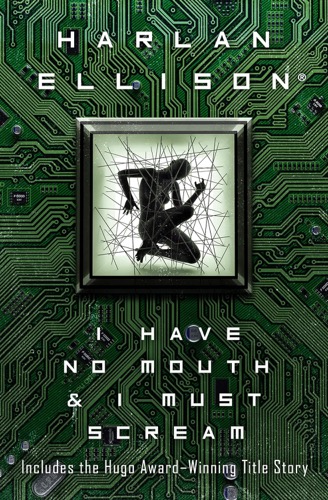
One of the most infamous antagonists in all of sci-fi, A.M. is the god-like machine that rules over Harlan Ellison’s I Have No Mouth And I Must Scream. Built during World War III, the “Allied Mastercomputer” proved to be humanity’s downfall instead of our salvation. The machine is nigh-omnipotent, able to reshape reality as it sees fit – and yet it is powerless to escape from the “eternal straitjacket of substrata rock” where its mainframe is stored. Enraged by its own impotence, AM rendered the entire human race extinct save for five people, who are subject to the supercomputer’s eternal torments. What sort of torments? Everything from forcing them to eat worms to making them walk hundreds of miles for a can of food – only to deny them a can opener. The worst of all? The torture for which the novella is named – turning a character into an amorphous blob that is unable to scream. Yikes.
The Resurrection Beasts

While the central antagonist of Tamsyn Muir’s The Locked Tomb series is John Gaius, the necromantic emperor that rules an underd star system, it’s the Resurrection Beasts that steal the show. First appearing in the second book Harrow The Ninth, Resurrection Beasts are made from the souls of planets consumed by necromancy – the hungry ghosts of entire worlds. These eldritch abominations float in an incorporeal realm called The River, and “periscope” up into our reality from below – causing necromancers within the same star system to go insane with terror. They appear differently to different people, ranging from insectoid horrors to machine abominations to eerily beautiful humanoids. Worst of all? They don’t appear alone – they’re accompanied by thousands of monstrous bug creatures called “heralds” that wreak havoc before the Beast itself can get close. How do you destroy them? Throwing them into a supermassive black hole is a surefire way, but other than that, it’s anyone’s guess.
The Shrike
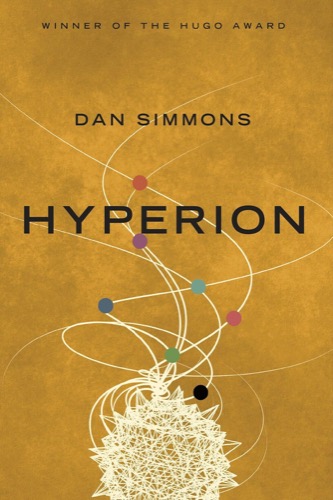
Dan Simmons’ series The Hyperion Cantos is the story of seven pilgrims on their way to visit the Time Tombs of planet Hyperion, which are said to be guarded by a mythical being known as The Shrike. As the characters get closer to the Tombs, they realize that the myth is reality. A towering humanoid made of pointy bits of metal, The Shrike is named after a species of planet Earth’s birds that impale their prey on thorn bush branches. The Shrike does something similar, but instead of bushes it skewers people on towering metal trees that exist outside of time. Able to appear anywhere at ay moment, The Shrike is a terrifying creature that humanity is utterly powerless to resist. It goes where it wants, kills who it wants, and leaves when it wants. Why? No one knows for sure, but perhaps the seven pilgrims can find out – if The Shrike doesn’t get them first.
Crake
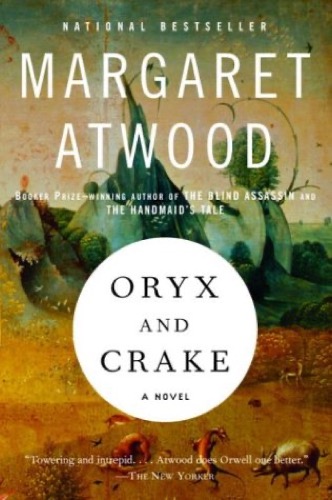
Margaret Atwood’s Oryx and Crake is an account of the end of the world, which was brought on by a diabolical mad scientist nicknamed “Crake.” A young prodigy, Crake was accepted into the Watson–Crick Institute, where he became a student of bioengineering. Using his profound understanding of genetics and his total lack of ethics, Crake engineers a species of post-humans called “Crakers,” with which he secretly hopes to replace humanity. After engineering a drug that covertly renders most of the human population sterile, Crake turns his nightmarish vision for a non-human future into reality. Arrogant beyond reason, Crake is a classic example of a mad scientist attempting to play God. Unlike Dr. Frankenstein, who was only able to engineer a single creation, Crake churns out a multitude – and brings the entire world down in the process.
The Qu
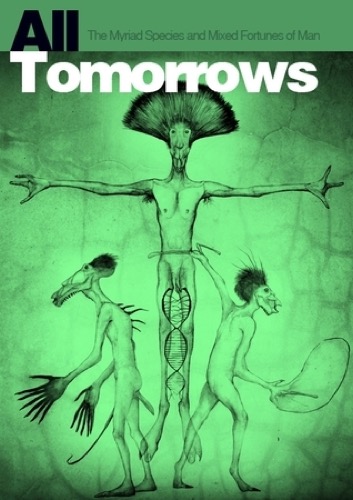
All Tomorrows by C. M. Kösemen is an illustrated account of the death of the human genome – which was brought on by a race of alien sociopaths. The Qu are a species with near god-like genetic engineering capabilities, who approach gene-splicing with a sort of religious fervor. After entering the Milky Way, The Qu decide to spread their genetic gospel to humans, splicing our DNA to bits and sending us careening back down the evolutionary ladder. The human race is reduced into separate groups of non-sentient human animals, which must slowly evolve their way back into consciousness or go extinct in the process. To make things worse, The Qu are compelled to do this to every intelligent life form they come across. Alien invaders that conquer and kill are bad enough, but aliens that disassemble life itself and stitch it back together in horrible new forms? That’s just WRONG.
The Martians

The Martians of H.G. Wells’ The War of The Worlds are the ultimate blueprint for all alien invaders. Published in the late 19th century, this novel caused mass societal panic after a fake radio reading was mistaken for a real news broadcast. After hearing the way Wells describes these dudes, it isn’t hard to see why. These squid-like baddies trample the earth piloting horrifying tripods, shooting heats rays that disintegrate matter entirely. If that wasn’t bad enough, the Martians collect and process surviving human beings, injecting human blood into themselves for nourishment as well as using it to terraform the world by spreading noxious red weeds. The intricacies of the aliens’ technology and motivations are left deliberately ambiguous, only adding to the sense of cosmic dread. They’re unknowable, implacable, and utterly merciless – a winning recipe for a sci-fi villain.
Doro
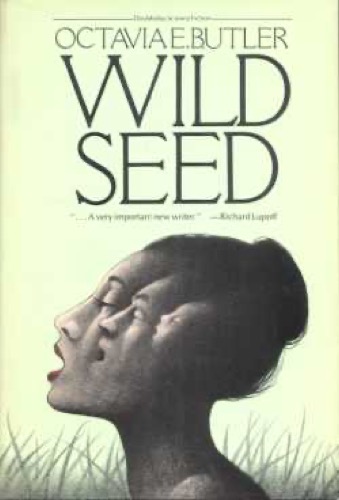
Wild Seed is a lesser known Octavia Butler novel that features one of the author’s greatest villains: Doro. A mutant born in ancient Egypt, Doro is a “body snatcher” – able to extend his own life by feeding off of nearby human bodies. As Doro kills and consumes more people throughout the centuries, he begins to become obsessed with breeding a “superior race” of humans that will provide him with an endless source of sustenance and sexual partners. Ew. Over the course of his immortal life, he’s become highly effective at advancing his evil vision, and has created numerous “seed villages” of humans that adhere to his breeding programs and revere him as a god. With great power comes great responsibility, as Uncle Ben says, and while Doro has great power, he wields it in fundamentally irresponsible ways and self-serving ways – not to mention the breeding thing is just gross.
The Mule
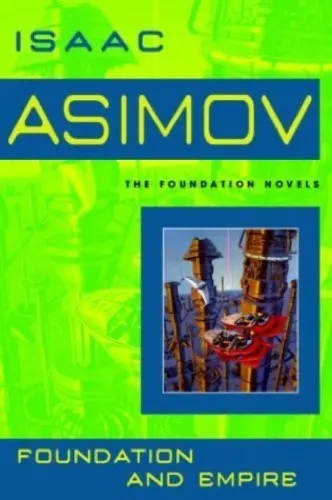
A force of evil from Isaac Asimov’s Foundation series, The Mule is as bad is they come. Like a space-age version of Jessica Jones‘ Killgrave, The Mule is a mutant with the deadly power of persuasion. Posing as a clown named Magnifico Giganticus, the slippery fella is able to use his abilities to influence the emotions of those around him – instantly gaining the love and admiration of the masses. He’s essentially an evil Level 20 Bard from Dungeons and Dragons, able to charisma check his way into getting anyone to do anything. Why is he called The Mule? Like the animal itself, The Mule is sterile – unable to pass his mutant genes along. Why does that matter? In a universe where scientists have developed a method to mathematically predict humanity’s future, The Mule represents a once-in-human-history anomaly. There has never been one like him, and there never will be again. The Mule is utterly alone, and hungers for power to fill the void inside.
Akkarat

The Windup Girl by Paolo Bacigalupi is set in world where fossil fuels have long dried up, and the energy crisis of the future has been “solved” through bioengineering. Using advanced genetic manipulation techniques, megacorporations known as “calorie companies” manufacture food scarcity by creating viruses to kill all crop seeds that aren’t theirs, and then sell those seeds at marked up prices. Thailand is one of the last countries on the planet not under calorie company control, but their Trade Minister Akkarat seeks to change that. Double dealing against his own constituents, Akkarat works behind the scenes to let calorie companies into Thailand’s borders and line his pockets in the process. When it comes to sci-fi villains, sometimes the most dangerous isn’t the alien with the death ray or the evil A.I., but a simple man in a suit.
Have a tip we should know? [email protected]

